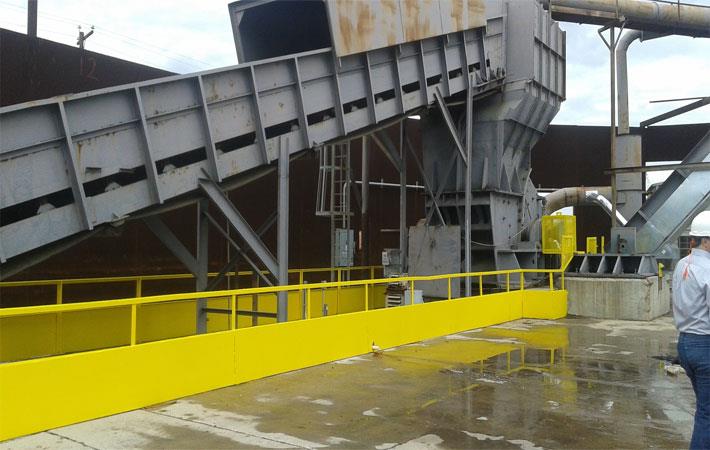Scientists at the Washington State University have a way to recycle carbon fibre plastics, used in everything from modern airplanes and sporting goods to the wind energy industry. The work reported in Polymer Degradation and Stability and Green Chemistry, mentions ways to re-use the expensive carbon fibre and materials that make up the composites.
Carbon fibre reinforced plastics are increasingly becoming popular in many industries, particularly aviation, because they are light and strong. They are, however, very difficult to break down or recycle. While thermoplastics, the type of plastic used in milk bottles, can be melted and easily re-used, most composites used in planes are thermosets. These types of plastics are cured and can’t easily be undone and returned to their original materials.Scientists at the Washington State University have a way to recycle carbon fibre plastics, used in everything from modern airplanes and sporting goods to the wind energy industry. The work reported in Polymer Degradation and Stability and Green Chemistry, mentions ways to re-use the expensive carbon fibre and materials that make up the composites.#
To recycle them, researchers mostly have tried grinding them down mechanically or breaking them down with very high temperatures or harsh chemicals to recover the expensive carbon fibre. Oftentimes, however, the carbon fibre is damaged in the process. The caustic chemicals used are hazardous and difficult to dispose of. They also destroy the matrix resin materials in the composites, creating a messy mixture of chemicals, and waste problem.
In their project, Jinwen Zhang, a professor in the School of Mechanical and Materials Engineering and Composite Materials and Engineering Centre, and his team developed new chemical recycling methods that used mild acids as catalysts in ethanol, mixed ethanol/water or water alone at a relatively low temperature to break down the thermosets. In particular, it was the combination of catalyst and solvent that proved effective, said Zhang. To break down cured materials effectively, the researchers raised the temperature of the material so that the catalyst-containing liquid can penetrate into the composite and break down the complex structure. The solvent (for example, ethanol and/or water) was used to first make the resins expand and then to break down carbon-nitrogen bonds or ester bonds by the effect of catalyst.
“It is critical to develop efficient catalytic systems that are capable of permeating into the cured resins and breaking down the chemical bonds of cured resins in aqueous medium or benign solvents like ethanol,” he said.
The researchers were able to preserve the carbon fibres as well as the resin material in a useful form that could be easily re-used. They have filed for two patents and are working to commercialise the process.
Towards this, WSU industry partner Global Fiberglass Solutions is poised to take this technology to a booming composites market in dire need of recycling solutions. The CFRP market is set to reach $20.3 billion by 2020, the industry growth accelerated primarily by aerospace giants Boeing and Airbus. GFS and the state-funded Joint Centre for Aerospace Technology Innovation (JCATI) together provided funding for the work.
Global Fiberglass Solutions, an industrial fibreglass recycling and manufacturing firm headquartered in Bothell, WA, is embracing WSU’s “Smart Systems” Grand Challenge as an industry partner. GFS is already operating a mechanical process to recycle thermoset fibreglass at its plant in Sweetwater, Texas, where the company recycles wind turbine blades to manufacture new products from the material. (SV)
Fibre2Fashion News Desk – India


